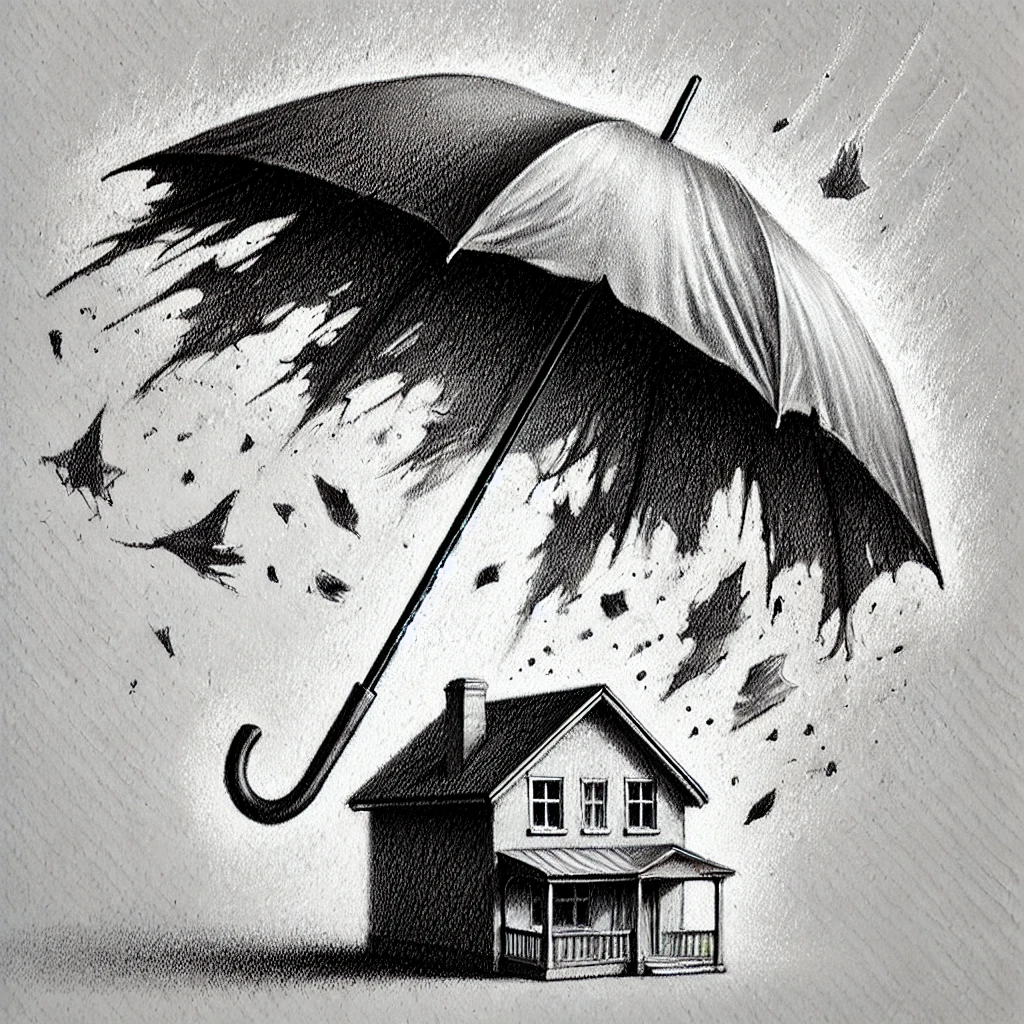Chapter Overview: Causes & Effects of Demand Surge

Demand surge is a major economic consequence of disasters, driving up the costs of materials, labor, and essential services due to overwhelming demand. This chapter examines the causes and effects of demand surge and how it impacts key areas such as temporary housing, insurance, and price gouging. Understanding these dynamics can help homeowners, renters, businesses, and policymakers prepare for and mitigate the financial strain caused by disasters.
1. Causes & Effects of Demand Surge
Demand surge occurs when disasters cause widespread destruction, leading to a sudden spike in demand for construction materials, skilled labor, housing, and essential goods. Supply chain disruptions, labor shortages, and price inflation exacerbate the problem, making recovery slower and more expensive.
Key Takeaways:
✔ Construction costs rise as materials like lumber, Drywall, and Concrete become scarce.
✔ Labor shortages delay rebuilding, forcing homeowners to wait longer for repairs.
✔ Infrastructure strain increases costs for rebuilding roads, utilities, and public services.
2. The Impact of Demand Surge on Temporary Housing
In the wake of a disaster, displaced residents compete for temporary housing, leading to rental price spikes, hotel shortages, and housing affordability crises. The sudden demand for shelter can push rents up by 50-100%, making it difficult for families to find affordable housing.
Key Takeaways:
✔ Short-term rental prices skyrocket, forcing many into prolonged displacement.
✔ Hotel costs surge, draining insurance-covered living expense benefits.
✔ Rent control policies & government housing programs can help stabilize markets.

3. Insurance Impacts of Demand Surge
Many homeowners discover too late that their insurance policies don’t fully cover rising rebuilding costs due to demand surge. Insurers also raise premiums, limit coverage, or withdraw from high-risk areas, leaving homeowners with fewer options.
Key Takeaways:
✔ Replacement cost policies may be insufficient if demand surge increases construction prices.
✔ Insurance companies raise premiums after disasters to offset their financial losses.
✔ Homeowners should consider extended replacement cost & inflation guard endorsements to protect against demand surge-related price increases.
4. Price Gouging in Demand Surge Areas
Price gouging—the unethical practice of dramatically increasing prices for essential goods and services after a disaster—exploits vulnerable homeowners and renters. It can affect housing, repairs, fuel, and basic necessities, making recovery even more difficult.
Key Takeaways:
✔ Rental prices can double or triple, forcing displaced families into financial hardship.
✔ Contractors & material suppliers may inflate costs, delaying rebuilding for those who can’t afford it.
✔ State & federal price gouging laws exist, but enforcement varies by region.
Learn More
Demand surge is a predictable but devastating consequence of disasters, impacting housing, insurance, and rebuilding costs. By understanding its causes and effects, homeowners can take proactive steps such as securing comprehensive insurance coverage, advocating for fair housing policies, and reporting price gouging. Governments and communities must also work together to prevent extreme price hikes and stabilize recovery efforts.
This chapter provides a comprehensive look at demand surge’s economic impact, offering practical solutions to help homeowners and renters navigate financial challenges after a disaster.